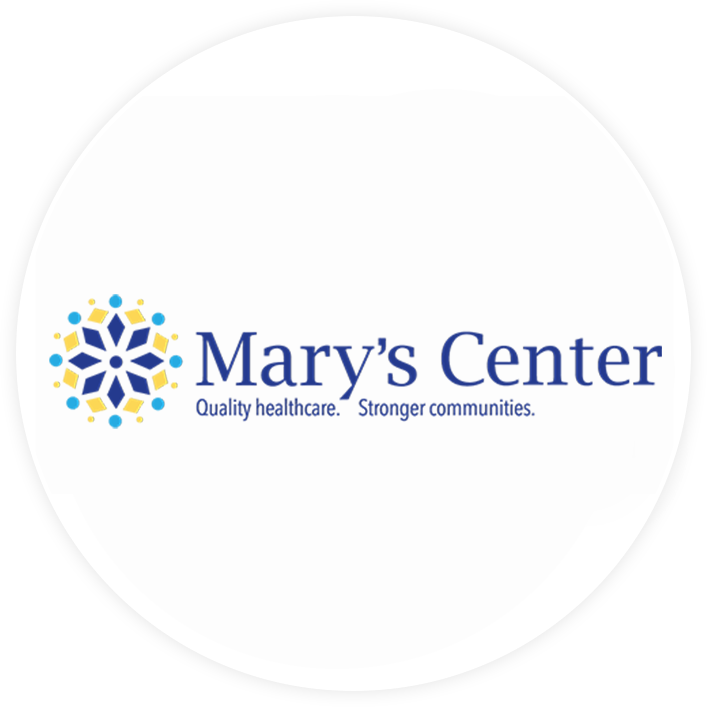
Elizabeth Hamilton, Director of Quality and Outcomes
A: The [health IT and/or HIE tools] have been essential to our clinical workflow in trying to address patients with underlying conditions, those who are at increased risk, experiencing increase symptoms, or getting hospitalized. We have been utilizing CRISP. We were focusing on those who had underlying conditions and who were of increased risk. We can go into CRISP to see if a patient was hospitalized recently, do care coordination, and get them into the clinic within 7 days.
Once CRISP started including testing results, the HIE became a means to determine if any patients who haven’t been seen recently have been tested somewhere else. We were trying to do our own assessment of COVID spread, for example to get an understanding of our needs for PPE, in case we had a high influx of patients with symptoms. That was instrumental to determine what our PPE would be and the type of space we’d need to create for patients coming in to separate well from sick, ensure social distancing, and protect staff with a capacity level that worked for our operations. We saw a significant decline in the number of visits during the initial outbreak, so we had to balance the appropriate ratio of staff to patients, and the information in the CRISP tool was really helpful for that.
The CRISP tool will tell you if a patient had a test, the test result, and where the patient was tested. Where the patient was test was good information. If we know our patient lives in this area, it’s interesting that they went over there to get tested. It made us interested in the community resources available and looking into whether there were access issues.
A: We have been using the eClinicalWorks Healow patient portal feature. Patients can download Healow as an app or log into the website. When COVID started, we knew we needed to think strategically about how to provide immediate, timely access, make sure communication between patients and providers wasn’t disrupted, and also make sure we could get people into the clinics, especially for testing. For COVID test results, they were provided step by step instructions to sign up for Healow, because that’s how we would share results. By sharing results over the portal, patients don’t have to call or come back into the clinic to get results.
We also implemented Healow Open Access to allow patients to schedule their own appointments without having to do so over the phone. Once the vaccines were getting rolled out and we were ready to vaccinate the community, we could notify our patients through Healow that they could schedule appointments through the portal. We have had great success with this. We have seen a significant increase in the number of patients who signed up for the portal, wanted to get their COVID vaccine, and signed up as a result. So it was clear that Healow Open Access addressed a barrier that we didn’t know existed for patients who wanted the vaccine and wanted to schedule online without having to call the clinic or walk in, in-person.
A: We are looking forward the outcome of the work by DCPCA, CRISP, and the Gravity Project to identify social determinants of health with Z-codes. We have a dedicated team at Mary’s Center that focuses on population health and reduced risk associated with social determinants of health, especially for patients with chronic illnesses. We are excited to be a partner and a participating health center in this initiative. In the future, I hope we will be able to use these tools to evaluate whether identified determinants have been addressed. Now that social determinants are identified and documented in CRISP, I want to be able to see if anyone has referred this person to a community resource and whether the patient completed the referral and received the community resource. That will add a macro level view of the health system care that we don’t currently have. There is a struggle now for managing communication across organizations for addressing social determinants, and having interoperable systems will be really helpful.
A: To start, I really believe in the PI program. The program offers a framework of how to evaluate and measure whether we use our EHR in a way that improves patient centered care. I ask eHealthDC about this program continuing all the time. As the Director of Quality and Outcomes, I can always continue to monitor care provided, but it is nice to have the support of the MAQ Dashboard [to see metrics of how we use the EHR], and we need that kind of report going forward. I am concerned that providers may lose interest when the PI Program ends and is not monitored nationally. It is always nice to say to our providers, “here is how we compare.”
I can’t speak highly enough of eHealthDC’s support. They help in any way they can. The internship program has been instrumental to supporting our providers [in meeting the PI metrics]. Without that support from the interns on the backend, we couldn’t have been successful. I have enjoyed working with the eHealthDC specialists, and their support has been invaluable. Even if my questions aren’t about PI – even if they are about Healow Open Access or improving patient engagement with the portal beyond sending and receiving messages – the eHealthDC specialists are always open to having a discussion. I will miss that element as well when the PI Program ends.